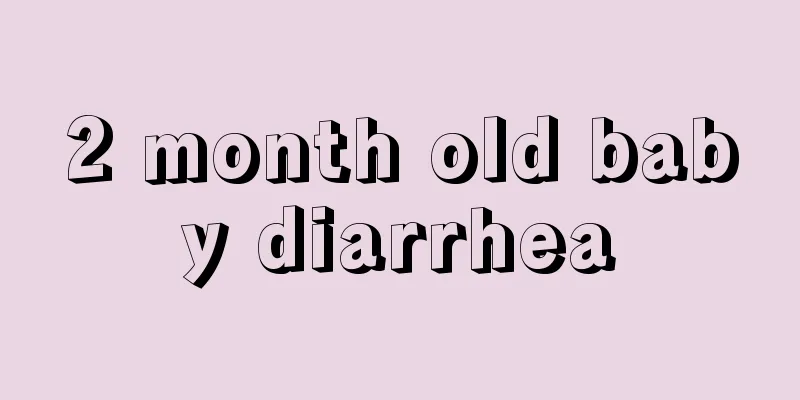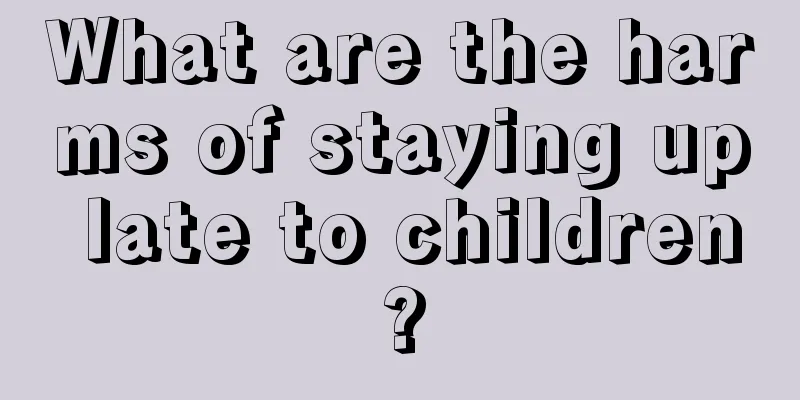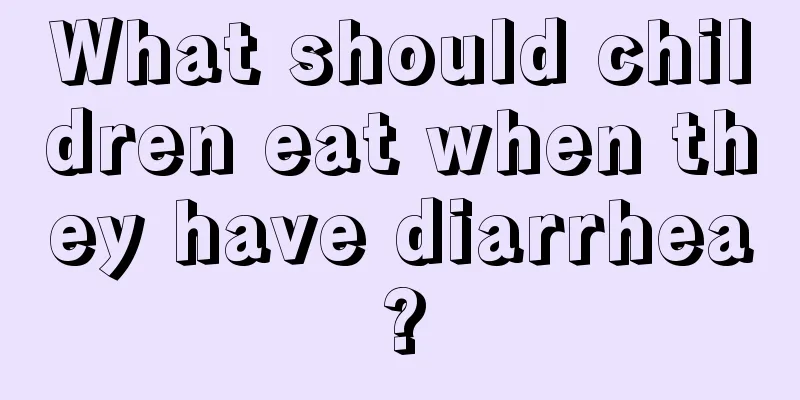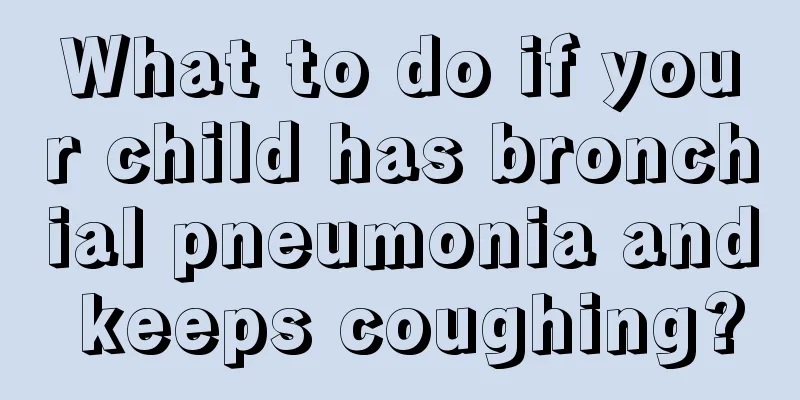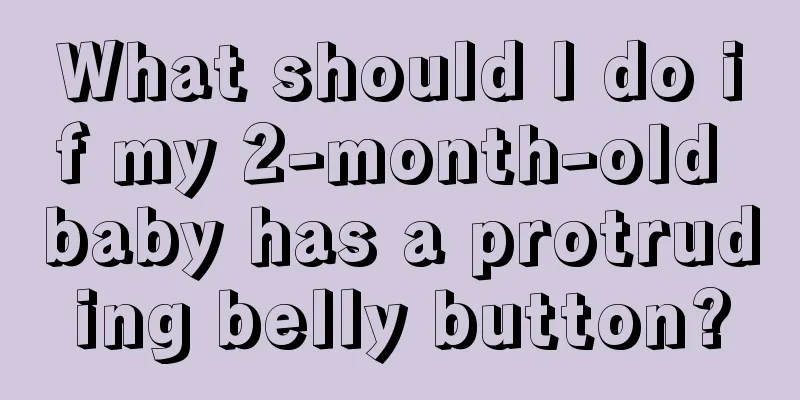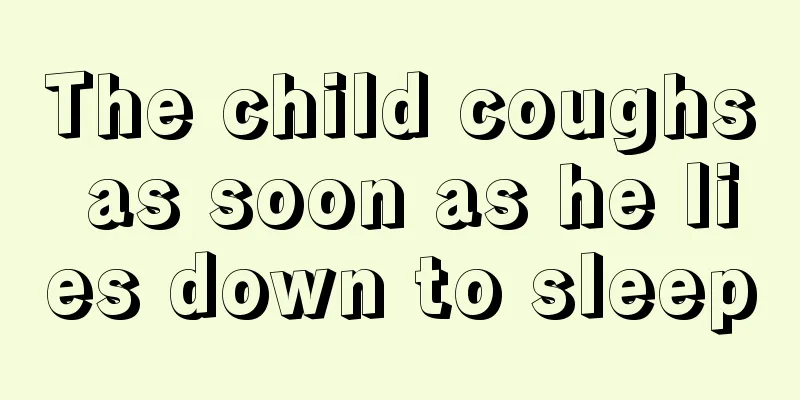What to eat after a fever, dietary conditioning for children with fever
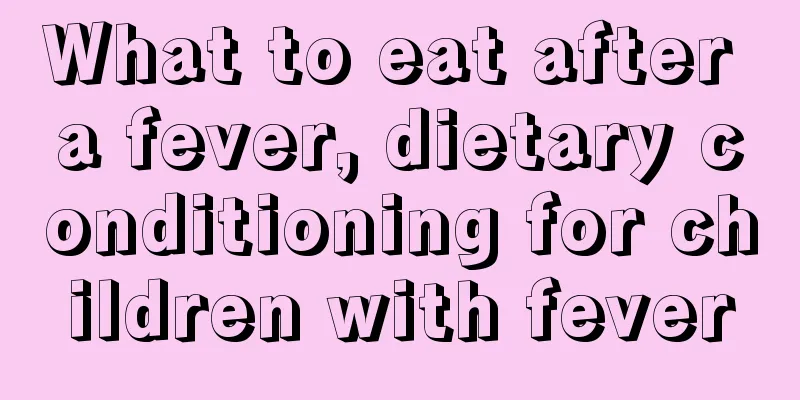
|
Children's immunity is relatively low, and they are prone to colds and fevers. When a child has a fever, parents must take good care of them, give them plenty of water, and ensure the supply of protein and calories. Eating liquid food is conducive to the body's recovery. 1. Stay hydrated Water is better than medicine. When you have a fever and sweat a lot, it is necessary to drink warm water frequently to replenish your body. For infants under six months old, continue to breastfeed. Breast milk is easy to digest, can meet nutritional needs, and replenish water. For artificial feeding, you can feed diluted whole milk, that is, 2 parts of milk powder plus 1 part of water (2:1). Although the baby's milk intake is reduced at this time, the water is supplemented, which is more conducive to the baby's digestion and absorption. It is advisable for young children to drink boiled water when they have a fever. They can be fed some boiled water appropriately to supplement the body's vitamin C and enhance disease resistance. Drink enough water to keep your lips moisturized, but don't drink too much. 2. Liquid diet For young children with fever, the diet should mainly consist of liquid food, such as milk, lotus root powder, milk (with less oil), etc. You can also drink some mung bean soup or ice watermelon to help cool down, promote diuresis and fight disease. However, for infants (less than 6 months old) with diarrhea, who have poor resistance, weak gastric motility, and poor tolerance of gastric mucosa, cold drinks are not conducive to physical recovery and should be avoided. When the child's body temperature drops and his appetite improves, he can be fed semi-liquid food, such as minced meat porridge, noodles, rice porridge, egg drop porridge, and some easily digestible food (fish). The diet should be light and easily digestible, with less oil and salt, and small meals. Spicy and irritating foods should be avoided. But there is no need to avoid certain foods to prevent malnutrition and decreased resistance. 3. Take sugar and salt water If a young child has fever and diarrhea, the medicine can be taken multiple times. Take sugar and salt water. The preparation ratio is 500 ml of water, one teaspoon of sugar and half a bottle cap of salt. 500 ml can be taken within 4 hours. At the same time, you can supplement with electrolyte foods such as citrus, bananas and other fruits (high in potassium and sodium), milk and soy milk (containing calcium), rice soup, and pasta (containing zinc). For those with more severe symptoms, they should temporarily fast and receive intravenous drips to replenish water and electrolytes. After the diarrhea and vomiting are relieved, you can eat liquid food, such as rice soup, filtered vegetable juice, lotus root powder, etc., but you should avoid milk and soy milk (which can easily produce gas). Children with fever and cough should not eat too much to prevent vomiting. They should eat easily digestible food and less seafood and salty and greasy food to prevent allergies and coughing and aggravate symptoms. |
<<: At what age can a child be diagnosed with ADHD?
>>: What's wrong with children with ADHD?
Recommend
Causes of knee pain in children
When a child says his knee hurts, there are two r...
What are the symptoms of urethritis in children?
Children in their early childhood are very prone ...
What to do if your child is a picky eater
The problem of children being picky about food is...
What is the latest age for onset of moderate thalassemia?
There are many different types of anemia, but ane...
Children have small red pimples on their faces. Do you know the reason behind it?
Small red pimples often appear on children's ...
What to do if your child coughs and has phlegm while sleeping
If a child coughs and has phlegm while sleeping, ...
Is it okay for babies to take a bath every day?
For newborn babies, they are inferior to adults i...
What should I do if my child coughs early in the morning?
Coughing is a common phenomenon, especially in ch...
What to do if a newborn baby becomes constipated after changing milk powder
Although milk powder is relatively nutritious, th...
What is the development standard for babies over five months old?
The baby's development is an issue that every...
Can children become mentally ill?
Mental illness is a disease problem that people a...
Reasons and solutions for baby burping after drinking milk
We also know that newborns mainly rely on breastf...
What medicine should a newborn baby take for fever
It is very common for newborns to have fever. For...
What to do if your 15-month-old baby walks unsteadily
What is the reason why children walk unsteadily? ...
How to care for and treat white mucus in baby's stool
Baby's stool is a topic of concern to many pa...
